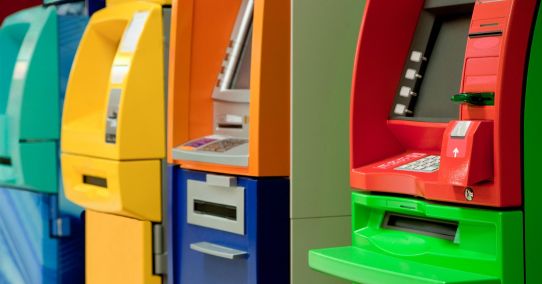Guest post by Ashby Lowry, Senior Vice President, High Tech, Retail, Manufacturing Industry, Xerox
Today, the retail industry is undergoing a dramatic transformation where the customer experience is paramount and digitization is key. Among digitization is ecommerce, where in 2015 there was a 14.6 percent year-over-year growth of online transactions totaling $341.7 billion1. Earlier this week at the Gartner Symposium/ITxpo, I joined retail futurist Doug Stephens to discuss explosion of ecommerce and how various online marketplaces are impacting the consumer perception of physical retail stores.
Retailers can leverage digitization to improve the flow of work allowing them to pay more attention to consumer needs and reap cost savings that can be reinvested into company innovations. Backed by McKinsey research – digitizing information-intensive processes can cut costs by up to 90 percent and turnaround times improved by several orders of magnitude.
In Doug’s words, digitization is completely changing the shopping experience and the way marketers should strive to interact with customers. Consumers can buy anywhere – on Amazon or other product-focused internet marketplaces, and even on social media. Now, physical stores are more about creating connections with brands through unique and personalized experiences, ensuring customers will buy your brand on any channel.
Major areas impacting the future of retail with analytics include:
Transaction analytics tells retailers what shoppers bought and when. These insights can then be used for targeted consumer communication and creating a more personalized shopping experience.
Robotics and visual analytics tells retailers where shoppers walked through the store, which items they compared, and whether promotions were placed correctly and were effective. This can help inform decisions on pricing and packaging, traffic flow of shoppers from entrance to checkout, and monitor wait times at checkout lines to determine optimal scheduling.
Additionally, retailers have the opportunity to collect data to better understand process performance, cost drivers and causes of risk. This will then increase efficiency and drive costs down.
For example, Dillard’s department store was reeling from manual, paper-intensive processes and worked with us to streamline processes and improve the flow of work. An Office Document Assessment provided an in-depth look at Dillard’s business practices and included a cost analysis and savings hypothesis. From there we created a system that sent merchandise directives electronically, saving production time and reducing costs of paper and postage. We also automated workflow processes to increase the accuracy and efficiencies of HR hiring documentation to further lower operational costs and reduce paper waste.
Just as Doug said, the future of retail lies in digital marketplaces across a multitude of channels. By adopting digitization tools and solutions, retailers can reduce operational costs, optimize the customer experience and be more responsive to customer needs. If you take a look at companies like Airbnb, Uber and Netflix, they are completely changing the way consumers approach entire industries by creating unique digital experiences that cater to customer preferences. Yet on the contrary, an example Doug discussed in the session, West Elm, is putting as much – or maybe more – emphasis on their physical store presence. The furniture retailer has now opened a hotel showcasing their furniture, where guests can then buy the bed they slept on two days later.
“If nothing about your idea scares you, it’s likely not that innovative,” concluded Doug Stephens. “When it comes to a great idea: don’t wait, go first!”
1 U.S. Department of Commerce



